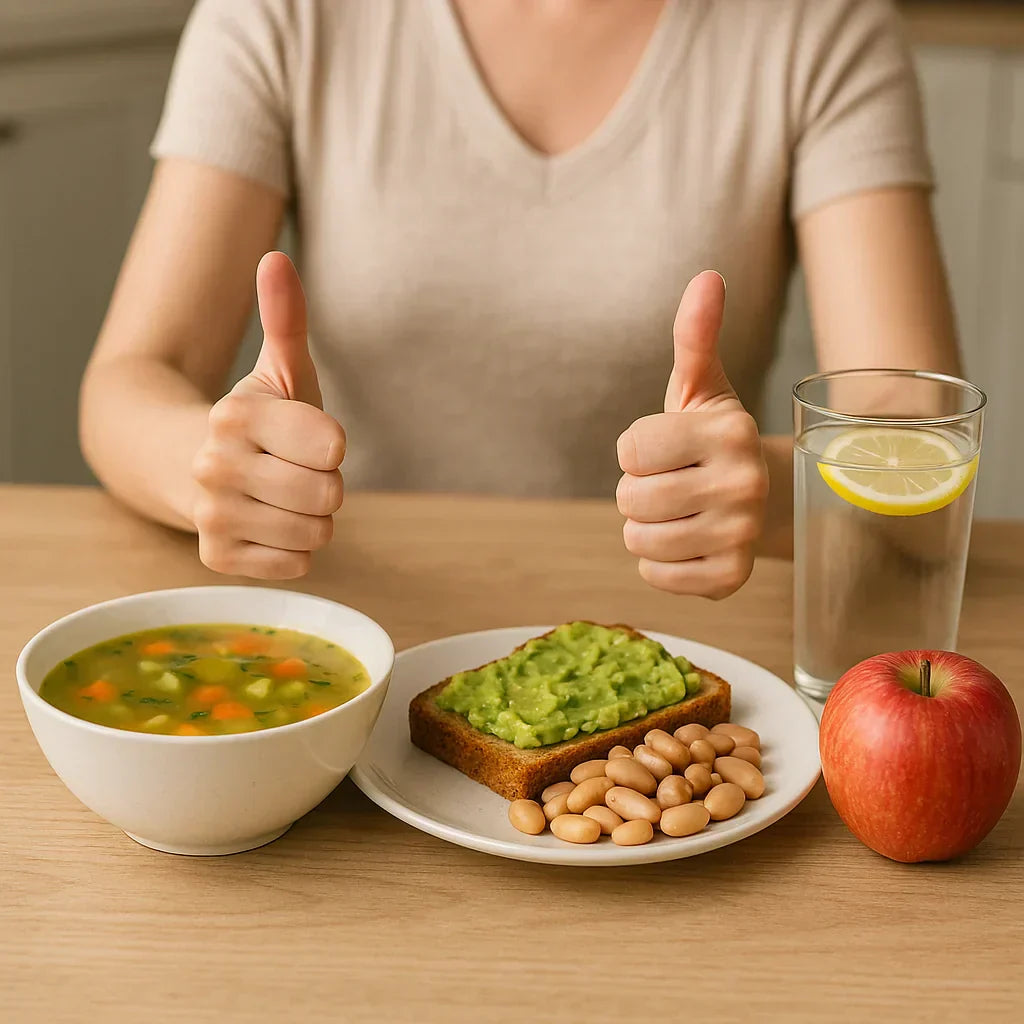Mastering Your Metabolism: Weight Optimization vs. Weight Loss

There’s more to fitness than dropping pounds. Learn how mastering your metabolism through weight optimization – focusing on muscle, hormones, and energy – can be more effective (and empowering) than traditional weight loss alone.
For years, “weight loss” has been the holy grail of health goals. But weight isn’t the whole story. Two women can weigh the same, yet one may have a revved-up metabolism, plenty of muscle, and feel fantastic, while the other feels sluggish with a higher body fat percentage. The difference lies in body composition and metabolic health. Enter the concept of weight optimization – finding your body’s healthy balance where fat is reduced, muscle is increased, and hormones are in harmony. It’s not just about a smaller number on the scale; it’s about a stronger, more energized you.

Why “Weight Optimization” Matters
Traditional weight loss can sometimes backfire. Extreme diets might make you lose weight, but often it’s part water, part fat, and unfortunately part muscle. Losing muscle is the last thing you want – muscle is metabolically active tissue that helps you burn more calories at rest. Weight optimization emphasizes preserving or building muscle while losing fat. This approach prevents the common cycle of yo-yo dieting, where people regain weight (often as fat) because their metabolism slowed down from muscle loss.
For women, especially, focusing on metabolism is key. Hormonal changes (like thyroid function, insulin sensitivity, or menopause shifts) can affect how our bodies handle calories. Optimizing weight means we pay attention to these factors: are we supporting our thyroid with enough iodine and selenium? Are we improving insulin sensitivity through diet and movement? It’s a more comprehensive view.
How to Master Your Metabolism
-
Strength Training is Queen: If you do one thing differently, add some form of resistance or strength training to your routine. Whether it’s lifting weights, doing bodyweight exercises, yoga flows, or pilates, these activities signal your body to maintain and grow muscle. More muscle = higher basal metabolic rate. Plus, strength training increases levels of growth hormone and improves insulin sensitivity – both are metabolic boosters. Aim for at least 2 sessions a week targeting major muscle groups.
-
Fuel, Don’t Starve: It may sound counterintuitive, but to stoke your metabolism, you need to eat enough – especially protein. Severe calorie-cutting can make your body adapt by burning fewer calories. Instead, adopt a slight calorie deficit if weight loss is the goal, but keep protein high (0.8–1 gram per pound of lean body mass). Protein supports muscle and has a high thermic effect (your body burns more digesting it). Include healthy fats and smart carbs to give you energy for those workouts. Think of food as fuel for a metabolic engine, not just something to restrict.
-
Interval Eating and Fasting (If Appropriate): Some women find metabolic benefits in approaches like intermittent fasting or simply extending time between meals (12-14 hour overnight fast). This can improve insulin sensitivity and promote fat burning once the body taps into stored energy. However, fasting isn’t for everyone – if you have adrenal stress or feel terrible skipping meals, focus on balanced meals instead. The key is to avoid constant grazing which keeps insulin high. Let your body complete digestion and enter a gentle fat-burning mode periodically.
-
Support Your Hormones: Metabolism isn’t just calories in/out – hormones orchestrate a lot of it. If you have issues like PCOS (high insulin) or hypothyroidism (low thyroid hormone), address those with your healthcare provider. Lifestyle-wise, ensure you get enough sleep (poor sleep can reduce metabolic rate and mess with appetite hormones), and manage stress (chronic cortisol from stress can encourage fat storage, especially in the belly). Sometimes weight optimization means doing less – like resting more to balance cortisol, which in turn helps your body let go of fat.
From Weight Loss to Wellness
Shifting your mindset from weight loss to weight optimization is incredibly empowering. It places value on NSVs (Non-Scale Victories): your jeans fit better, you can carry groceries easier, your afternoon energy slump disappears, you feel stronger confidence at the gym. These are signs your metabolism is thriving. Often the scale will eventually catch up, but even if it’s slower, you’ll have built a solid foundation that’s much easier to maintain.
This approach also dovetails with a holistic philosophy like Beyond GLP-1 – looking not just at one angle (like appetite hormones or a single drug) but at the entire ecosystem of your body. Your metabolism is at the center of that ecosystem. When you master it by treating your body kindly – giving it the nutrition, activity, and rest it needs – you optimize your weight naturally. The journey becomes less about fighting your body to lose pounds and more about collaborating with it to reach your healthiest, happiest state. And that is a far more rewarding journey to be on.







